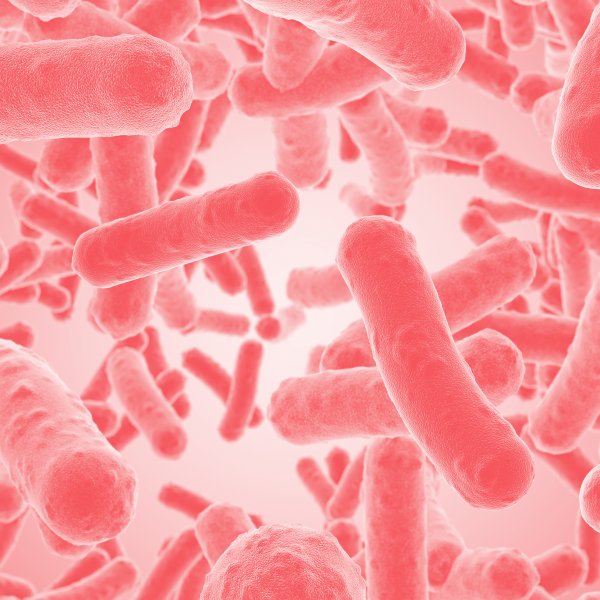The technology
Technologies used include sensors, communication networks, Unmanned Aviation Systems (UAS), Artificial Intelligence (AI), robotics and other advanced machinery and often draws on the principles of the Internet of Things. Each one of these brings something valuable to farming from data collection, through to management and processing, as well as guidance and direction. This integrated system offers new insights that enhance the ability to make decisions and subsequently implement them.
The potential
Digital agriculture has the potential to make agriculture more productive, more consistent and to use time and resources more efficiently. This brings critical advantages for farmers and wider social benefits around the world. It also enables organisations to share information across traditional industry boundaries to open up new, disruptive opportunities.
The barriers
Digital agriculture has the potential to transform the way we produce the world’s food but the approach is still very new, costs are high and the details of the long term benefits are rarely available. That means to secure its widespread adoption will require collaboration and consensus across the value chain on how to overcome these challenges.


















